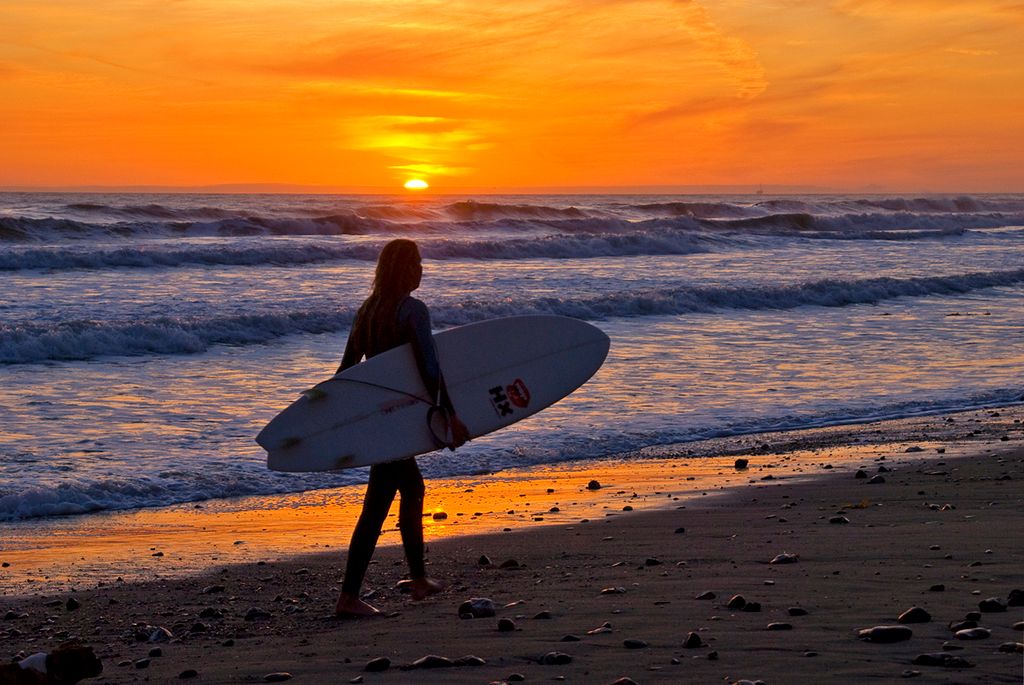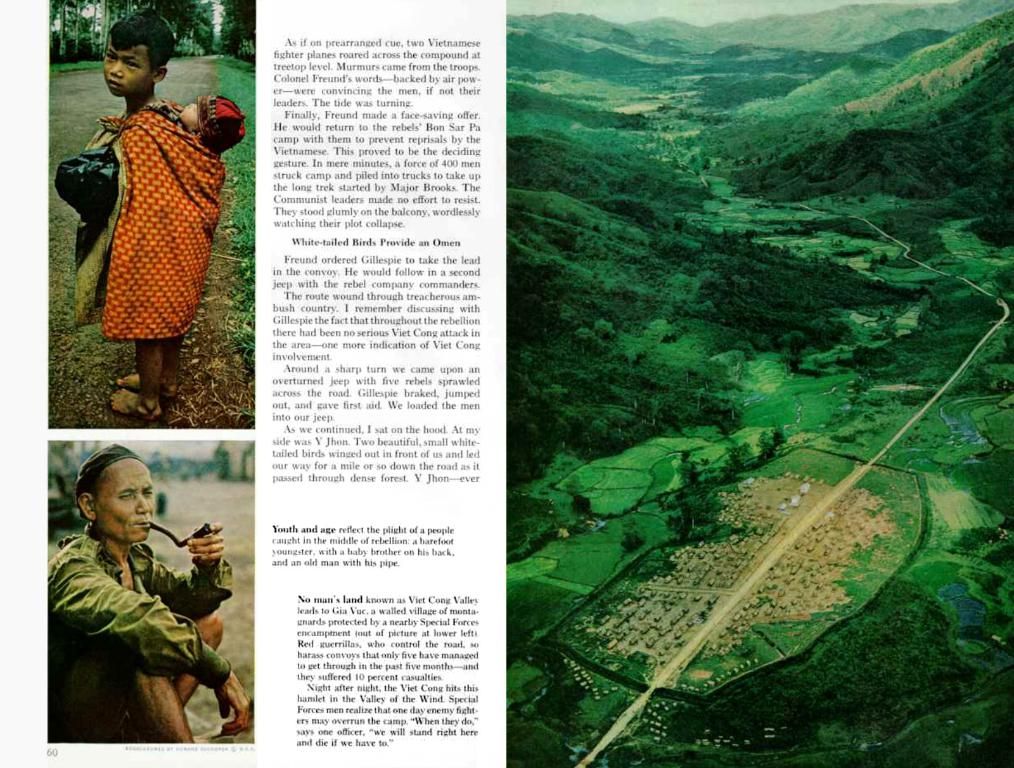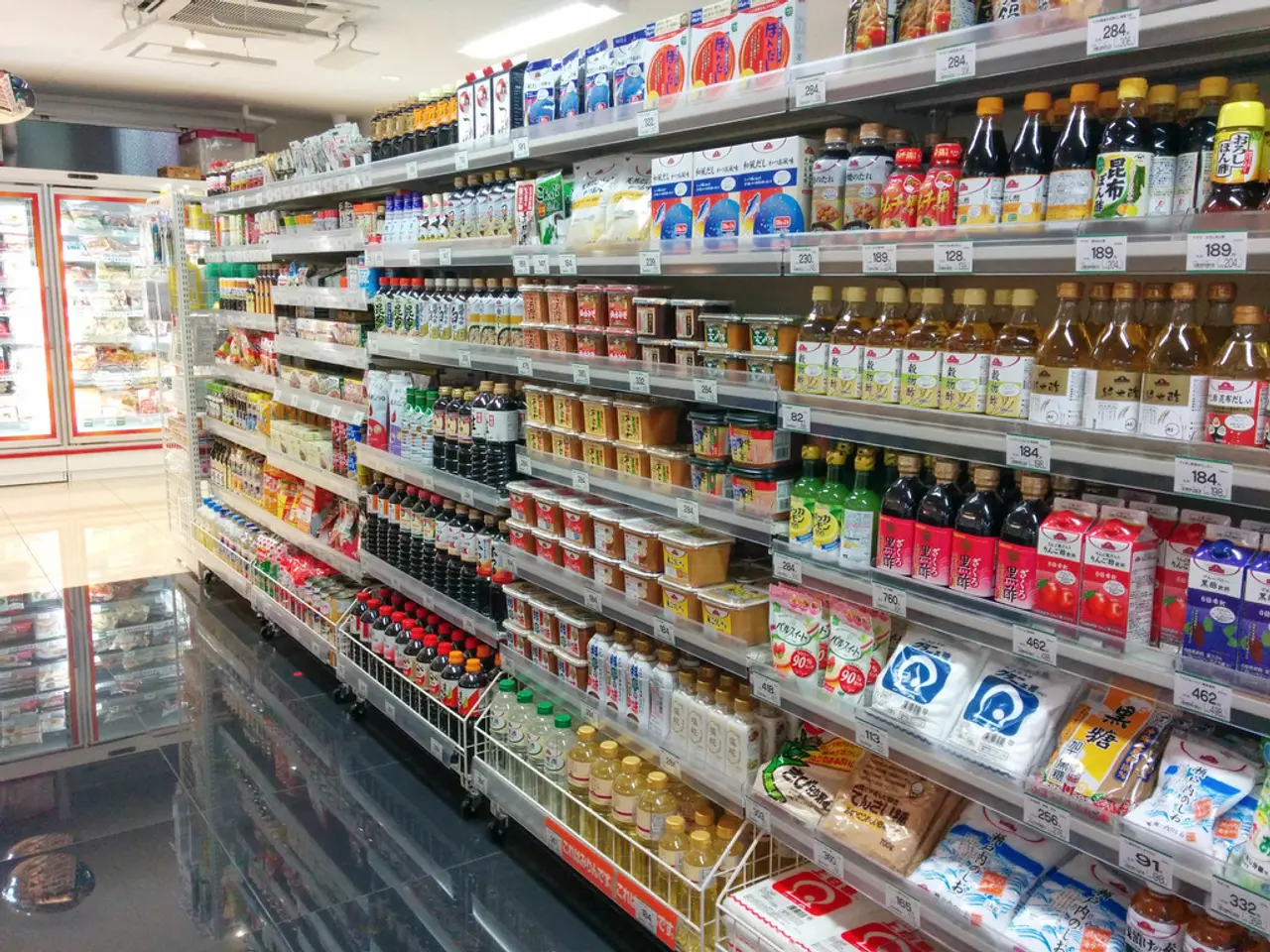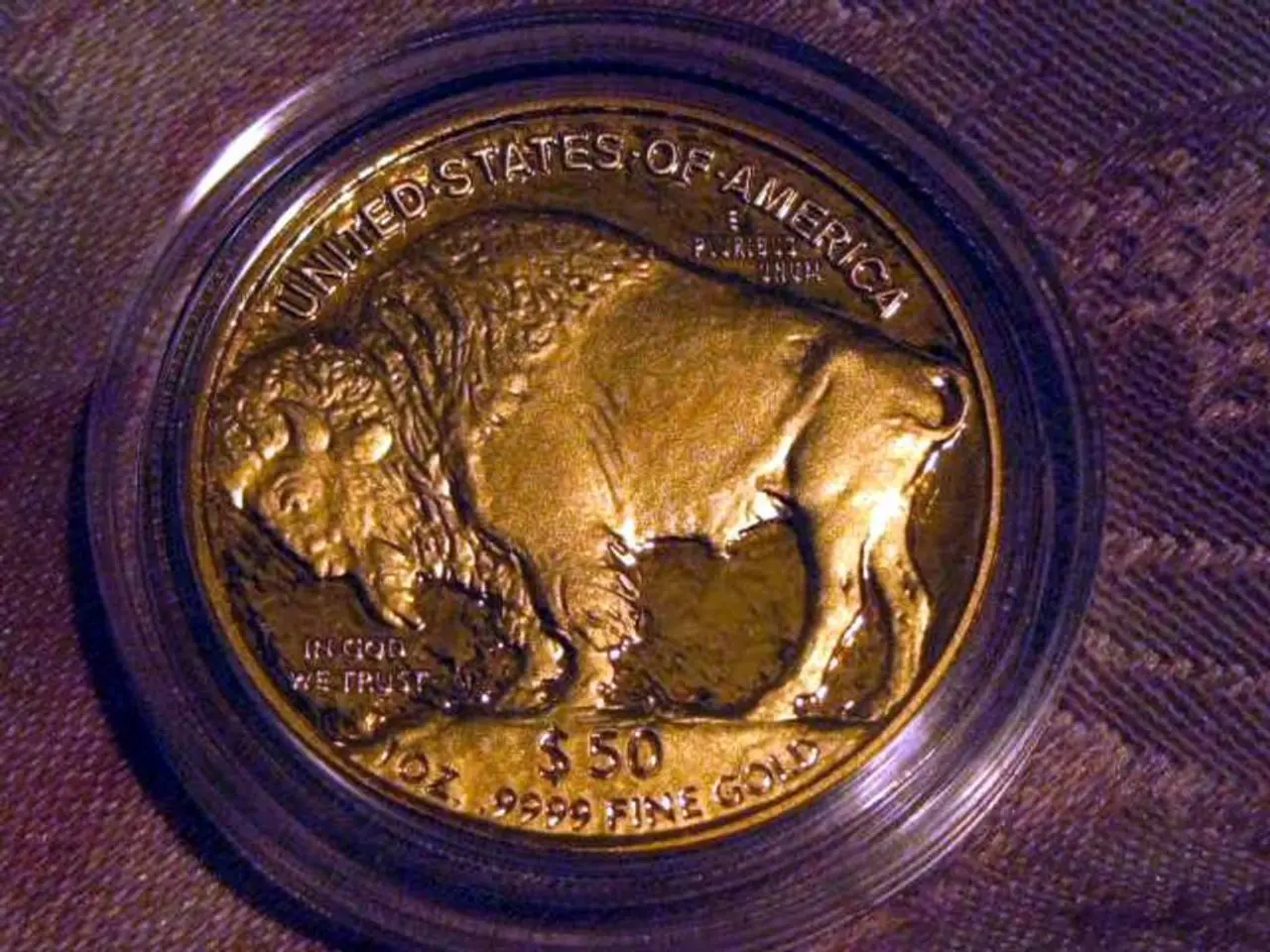Tesla's Parking Assistance System Frequently Malfunctions
Let's chat about the struggles Tesla's camera-based assistive system, "Tesla Vision," faces when parking compared to other players in the market.
In reports conducted by German courts and obtained by Spiegel, Tesla's parking assist system is under fire for its... questionable performance. Tesla left questions unanswered regarding the findings of these reports.
Tesla dared to swap their ultrasonic sensors for cameras a few years ago, under the lead of their charismatic CEO, Elon Musk. However, several tests (even compared to mass-market brands like Peugeot) left Musk's ambitious vision looking a bit blurry.
The tested Teslas sometimes missed the mark on simple obstacles—think a box or bike rack—according to the reports. Warnings about dangers popped up and disappeared without rhyme or reason. Some objects were mistaken for a nondescript cloud, merely appearing or vanishing without a trace, or overlooked entirely, such as a little one perched before the car.
One particularly damning report focused on the Model Y, Tesla's best-seller. The comparison with a Model Y still sporting ultrasonic sensors was telling: "Tesla Vision is not equivalent in function," the tester stated in the report.
Another test compared two Tesla Model 3s—one relying on cameras, the other on ultrasonic sensors—both running the same software version, and a Peugeot 308 with ultrasonic sensors. The camera-dependent Tesla frequently yielded conflicting results, while the reliability of the Peugeot was consistently impressive.
So, why the struggle for Tesla's Vision system?
- Erratic Object Detection: Cameras are prone to erratic behavior when it comes to object detection, contributing to inconsistencies during parking maneuvers. This unpredictability can lead to the system failing to identify obstacles accurately, creating potential issues during parking.
- Inconsistent Performance: The shift from ultrasonic sensors to cameras has its pitfalls. Cameras may capture a broader range of data, but they might not offer the same level of precision in detecting close-range obstacles, a critical factor for precise parking.
- Environmental Factors: Shadows and varying lighting conditions can impact camera-based systems like Tesla Vision. Although issues with shadows are more typically associated with Tesla's Full Self-Driving technology, similar challenges could potentially affect parking assist systems during environments with changing light conditions.
- Competition from Ultrasonic Systems: Competitors persisting with ultrasonic sensors frequently outperform camera-based systems in parking scenarios. Ultrasonic sensors offer precise distance measurements, even in situations where visual cues are unreliable, making them an asset in tight parking spaces.
In conclusion, while Tesla Vision represents an ingenious leap forward, its reliance on cameras introduces challenges that competitors equipped with, or incorporating, ultrasonic sensors don't face to the same degree.
Sources: ntv.de, spiegel.de
- The community policy should address the concerns raised about the inconsistent performance of Tesla's camera-based parking assist system, which has been questioned due to its performance in certain environments and situations.
- The employment policy could focus on the recruitment and training of workers with expertise in automotive technology and machine learning to help improve the finance department's understanding of the challenges surrounding the development and implementation of advanced technologies like Tesla's "Vision" system.
- In the transportation industry, it would be beneficial for companies and manufacturers to address the use of camera-based technology in parking solutions, considering their findings and experiences with such systems, particularly in comparison with ultrasonic sensors, to ensure the safety and functionality of their vehicles.








